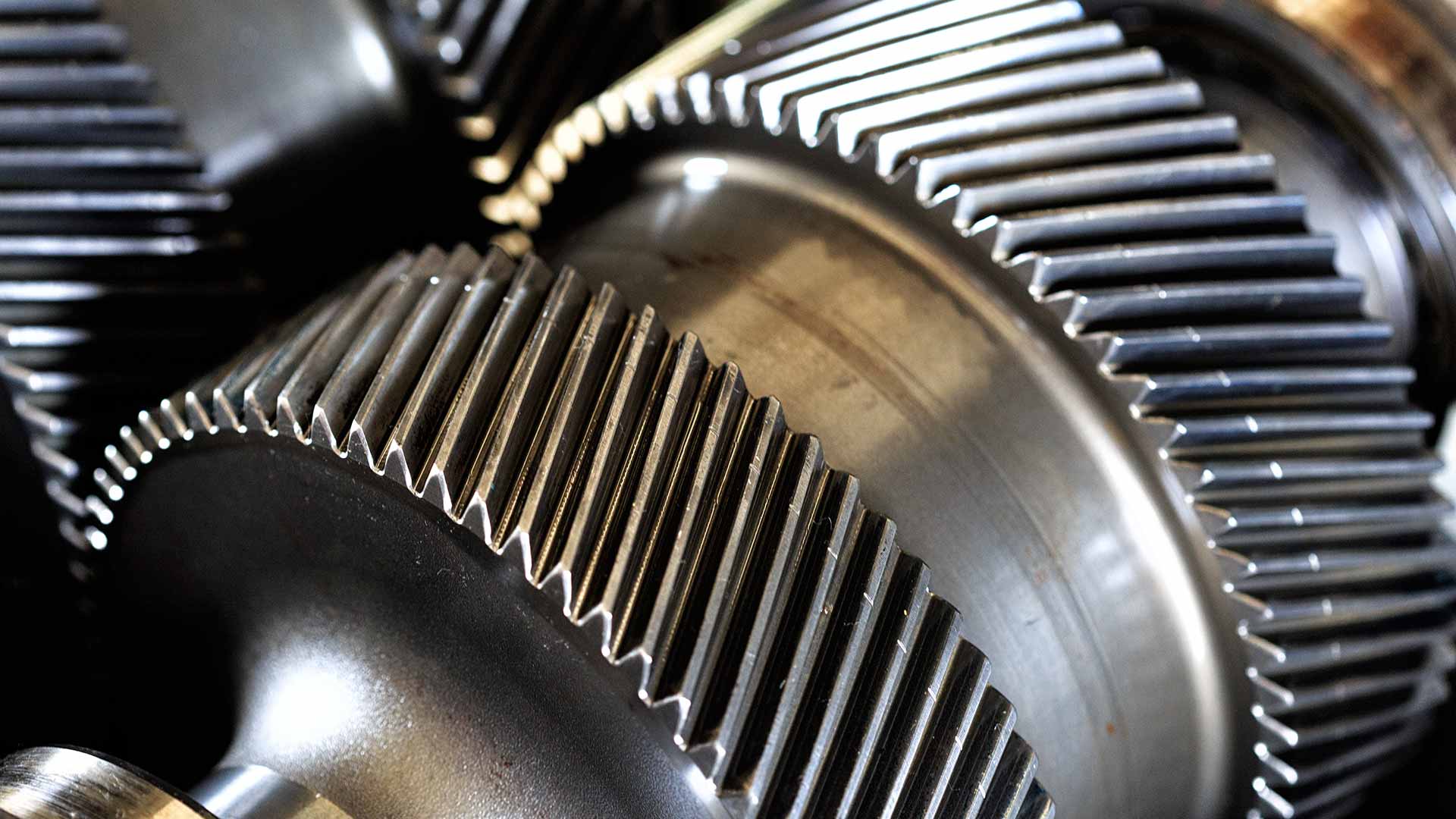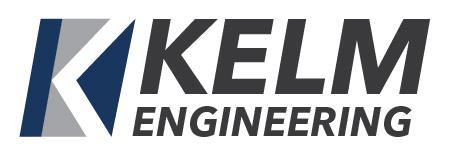Call Us 281-940-KELM

TORQUE MEASUREMENT USING STRAIN GAGES
The torque on a shaft can be measured by attaching several strain gages to the shaft in proper orientation to measure torque. Properly installed gages allow direct measurement of torsional shear strain that can be calibrated to output torque. The measurement of static and dynamic torque can be a tremendous troubleshooting tool for evaluating failures of rotating machinery that could relate to torsional loading. Types of machinery that are commonly tested include:
- Reciprocating compressors and pumps (harmonic torques)
- Synchronous motor driven equipment (transient torsional analysis during startup)
- Transmission shafting with universal joint type couplings
- Turbomachinery shafting with universal joint type couplings
- Variable frequency drive motors (torsional loading from drive harmonics)
Gage Mounting
The strain gages are installed on the shaft using rosette type gages that include two strain gages mounted on the same foil backing. This allows precise positioning of a pair of gages with exact 90-degree separation between each portion of the gage. Two rosettes are used on opposite sides of the shaft with the gage elements oriented 45 degrees away from the axis of rotation. Alternative gage arrangements can be used to measure other loads such as bending or axial force. In these situations, other gage wiring and/or gage type and mounting location would vary. The gages are attached using a standard Wheatstone bridge arrangement using a full bridge configuration for torque measurement. When the gages are installed using this layout, the bridge output is insensitive to temperature variation of the shaft surface and insensitive to shaft bending stresses. The only significant output on the gages will be strain related to shaft torque.
Wireless Transmission
The strain gage system on the shaft is powered and amplified using an onboard wireless transmitter. The transmitters used have self contained batteries or induction power. The wireless signal transmission is accomplished using 2.4 GHz spread spectrum technology. The current products used function well in industrial environments. The system requires a wireless receiver to capture the signals for data logging. This is accomplished using a variety of antennas and receivers depending on the measurement environment. We have installed the wireless transmitters inside compressor crankcases, motors, inside coupling guards, and a variety of different locations.
Calibrating the Torque Measurement System
The system is calibrated using a precision shunt calibration method that provides for a simulated strain input to the gage installation. When the gages are properly installed and wired, the shunt calibration provides accurate strain to torque conversion. The output from the receiving station is recorded using standard data acquisition equipment with the input signals scaled to report directly in torque units. Measurements include both static and dynamic torque, as both are necessary for analysis of most situations. The static torque measurement also provides an additional reference point to verify the calibration based on known torque using motor amps or power from another driver.
Kelm Engineering for Torque Measurement
Have you experienced premature coupling or shaft failures or need to validate results of an analytical Torsional Analysis? Contact Kelm Engineering today and schedule with us to have one of our trained engineers conduct torque measurements for your machinery.

